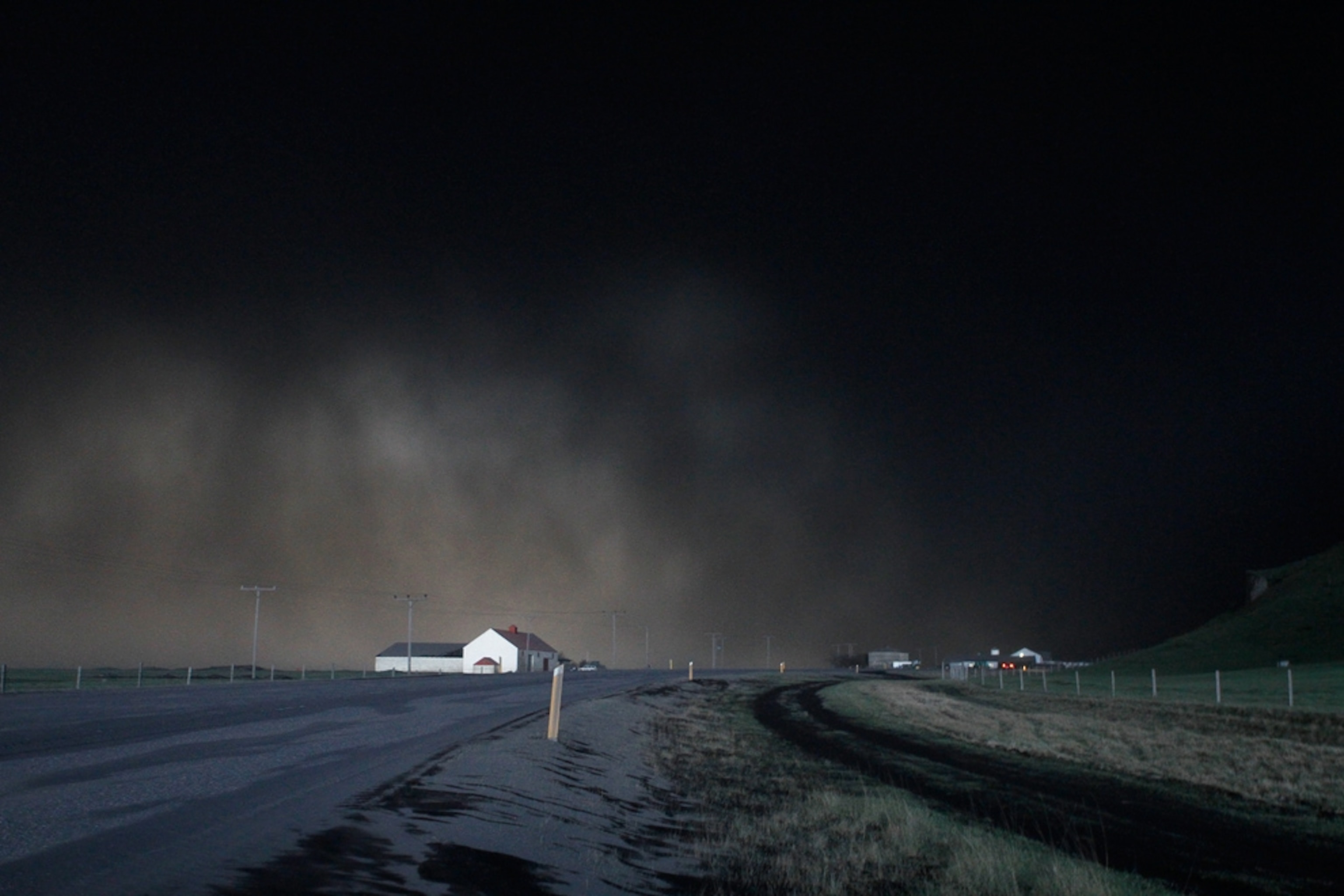
Electric Ash Found in Iceland Plume Miles From Volcano
Ash recharged itself as the plume moved over Europe, study says.
The ash plume from Iceland's Eyjafjallajökull volcano, which crippled international air travel in April, held a shocking secret: an unexpected electric charge.
Ash plumes directly over erupting volcanoes have been known to generate lightning, and electrically charged ash has been found in previous plumes up to 30 miles (50 kilometers) from their source volcanoes. (See pictures of lighting in the Eyjafjallajökull volcano's ash plume.)
But according to a new study, electric ash from the Eyjafjallajökull volcano was found a record 745 miles (1,200 kilometers) away from the eruption.
At that distance, it wasn't energy from the eruption itself that charged the ash, said study co-author Giles Harrison, a meteorologist at the University of Reading in the U.K. Based on the average size and shape of particles in the ash, "any initial charging that occurred would have decayed away many times over."
In fact, ash from deep in the volcanic plume was still charged 32 hours after being spewed from the Iceland peak, which suggests that the charge was self-renewing, the scientists say.
The discovery means that many volcanic ash plumes might be electrified, which could have implications for the air-travel industry.
(Related: "Iceland Volcano Ash Plume Prompts Health Worries.")
Electric Ash Deep in Volcanic Plume
The Eyjafjallajökull volcano started erupting in late March, and on April 14 the volcano began belching out a gigantic plume of ash.
The plume traveled to continental Europe, grounding flights around the world for days, due to fears of ash clogging plane engines. (Find out more about the risks volcanic ash poses to airplanes.)
As the plume drifted over Scotland, Harrison and colleagues rushed to the western port city of Stranraer (map), where the 1,970-foot-thick (600-meter-thick) layer of ash loomed about two and a half miles (four kilometers) above.
The team launched a custom weather balloon outfitted with instruments to gauge the size and characteristics of atmospheric ash particles.
Even in fair weather, a very small electric field is present in Earth's atmosphere. This field can charge airborne particles and the edges of clouds, Harrison said.
But the electric volcanic ash was found in the middle of the thick plume, not on its edges. That would seem to rule out atmospheric electricity and normal weather activity as sources of the charge.
"There has to be something related to the particles themselves, because the charge is in proportion to where the particles are and how many there are," Harrison said. "But we really can't say any more than that."
Prior research done with weather balloons had shown that desert dust storms can become electrified through a process of particle collision that is not yet completely understood. The same phenomenon may be at work with volcanic ash, the scientists suggest.
How Electric Ash Affects Flights
Electrified ash could theoretically pose a risk to air traffic, because charged particles might interfere with radio transmissions, the study authors say. Also, if charged ash penetrates an aircraft cabin, it could create an electrostatic hazard to passengers and internal systems.
But Harrison noted that aircraft are built to withstand lightning strikes, which carry comparatively massive charges, so the risks from electricity in ash seem small. (Related: "Gamma Rays a Flight Risk?")
In fact, Harrison noted, the discovery of electric ash could be a boon to air travelers, because the charge can help scientists better predict a volcanic ash plume's movements.
Electric charges are fairly easy to observe with existing instruments, so a charged plume should be easier to track, even after the visible plume has largely dispersed.
(Related: "Iceland Volcano Has 'Quieted Down'—Ash Crisis to End?")
Scientists also know how charges affect the way particles combine—which impacts their weight and thus their movements—and how easily particles are washed out of the sky by rainfall.
Measuring a plume's charges could therefore help scientists better estimate where the ash will go and how long it will stay aloft.
The electric-ash study was published today in the journal Environmental Research Letters.




